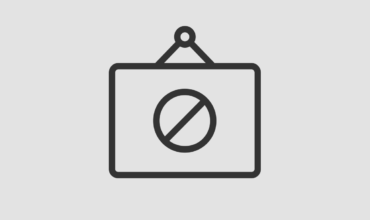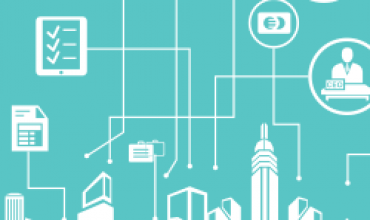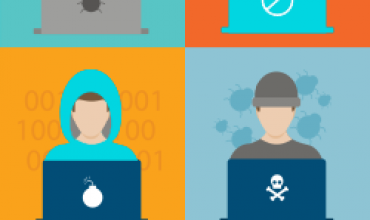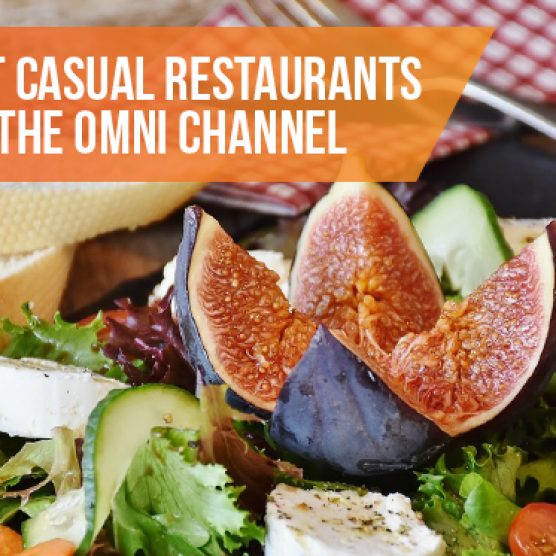Email Marketing Personalization
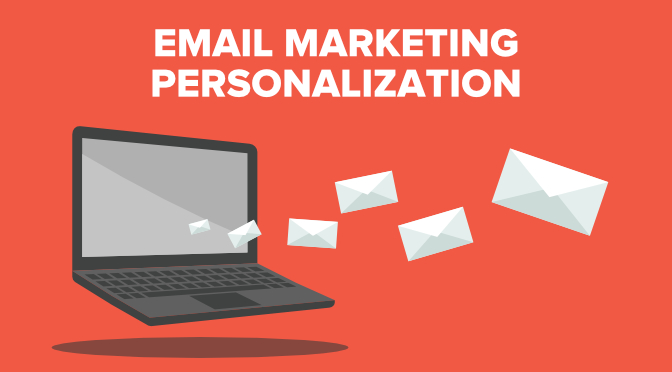
Omni Channel Communication – Why E-mail?
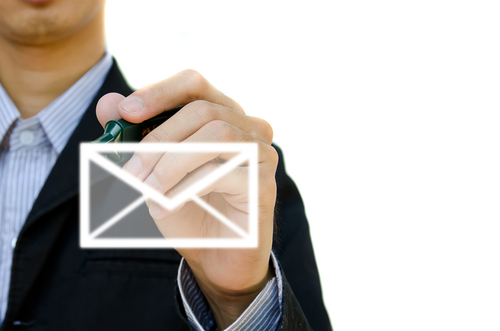
In today’s digital age what is the purpose of omni channel communication?
Generally, it is to communicate and convert, to build relationships with the customer and to create more unified and relevant experiences for today’s value driven consumers.
Understanding this, we must ask: Is e-mail dead?
Ok, so the question may be a little dramatic, but it is necessary to answer in the digital age. With the advanced technology solutions now available, why do we still need e-mail?
Well … before we begin, let’s take a look at the numbers.
According to a recent Pew Research Center study, 64% of Americans now own a smartphone. This number has increased slightly from 58% in 2014. The Pew study found that while text messaging is the most widely-used smartphone feature, “e-mail continues to retain a place of prominence in the smartphone era.” According to the same study, around 88% of smartphone users accessed e-mail on their phone at least one time over the course of the study period … making e-mail a more widely-used smartphone feature than video, social media and navigation applications.
It seems that if the true calling of omni channel marketing is to provide a total customer experience, i.e., to meet the consumer where they want to be met and deliver the value that consumers demand, then the numbers prove that e-mail is still KING.
If e-mail isn’t dead, what is the omni channel challenge of the digital age?
Keeping information up-to-date.
With the intertwining and complex communication channels that exist today, this task can be tough. However, e-mail provides an ideal mechanism to meet and overcome this challenge.
What are some of the great benefits using e-mail in the omni channel? Let’s briefly review:
#1 Value Driven Updates
Why is e-mail marketing an ideal digital age omni channel strategy? Because with minimal effort and high-cost efficiency, marketers can see steadily increase revenue and build loyalty by implementing highly informative e-mail newsletters.
Newsletters are powerful marketing and communication tools that not only remind your users you exist, but they inform them of your products, services, social presence and promotions (i.e., your value). Newsletters are added value in the sense that customers and potential customers sign up because they want to build a relationship with your brand, not because they are forced to.
Recent survey figures reveal 95% of people who sign up for a newsletter from a known brand find it somewhat or very useful … i.e., 95% find value. Also, it is important to note that newsletters are a relatively low–cost method as compared to mainstream marketing channels.
#2 Vast Mobile Reach
In the digital age, customers are constantly checking their e-mail, social networks and shopping online. Ifact, a recent Forrester Research study estimates that 42% of retailer e-mails for the year 2014 were opened on smartphones, and 17% were opened on tablets.
This high frequency of mobile use translates into countless opportunities to target unique market segments and create a user experience engineered specifically for mobile use. Some marketers have argued SMS (texting) marketing is more appropriate in the digital age because it streamlines value via the most widely used communication channel today; however, it’s important to remember e-mail has its advantages. For example, e-mail works on all mobile devices (not only phones), it is free (carrier charges apply to text messages) and e-mail allow for longer messages with the addition of digital media (pictures, videos, etc.).
#3 Fulfilled Expectations
While receiving an e-mail in 2016 doesn’t quite equal the joy of hearing, “You’ve got mail!” in 1999, it is what customers and potential customers are expecting from retailers in the digital age. According to an August 2015,e-mail marketing study by Adobe, 63% of customers continue to prefer to receive marketing promotions and offers through e-mails. This means that 63% of customers not only desire e-mail interactions, they expect them! By meeting consumer expectations, e-mail assists digital age marketers with the never ending quest to align consumer and marketer values.
Yet, for all the great benefits listed above, the truth remains that the consumer inbox in the digital age is a crowded place….
How crowded?
Well, according to Microsoft, the average e-mail user has an inbox count consisting of around 50% newsletters and 20% social media updates… and each of these consists of countless businesses and multiple social media platforms. Want even more evidence? In 2015, over 205 billion e-mails were sent and received daily.
This large number of 205 billion e-mails tells us retailers and marketers must separate from the pack or risk losing conversion and leads. Two of the best value creation strategies for standing out in the digital age include:
Personalization and automation.
Without further adieu, let’s take a look at how you can float like a butterfly while you sting like a bee and one-two punch your way to higher conversion rates.
E-mail Personalization – The Loyalty Builder
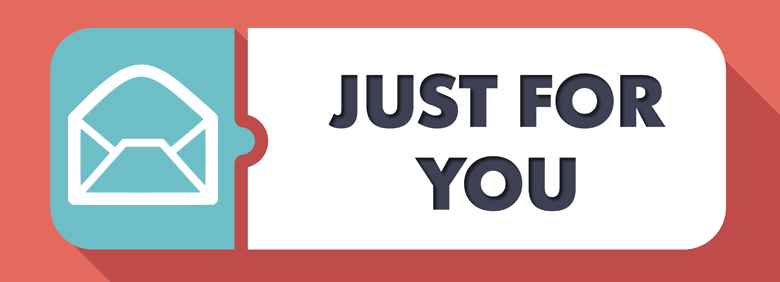
It should be well recognized that personalization and marketing are inseparable in the digital age. Consumers have a personalization preference from the brands they use and love, because not only does personalization relieve the information overload of today, but personalized information makes the shopping experience more relevant to consumers.
By applying personalization techniques to e-mail marketing campaigns, marketers are more likely to build long–term relationships with customersand increase conversion rates. In terms of tangible numbers, this could translate into 6x higher transaction rates for personalized e-mails when compared to non-personalized e-mails.
As stunning as this figure sounds, perhaps the most amazing number is that only 35% of marketers are using personalized e-mail subject lines! Since 60% of marketers say they struggle with personalization, here are several simple personalization methods to try to boost conversion rates:
#1 Ask Questions and Build Profiles
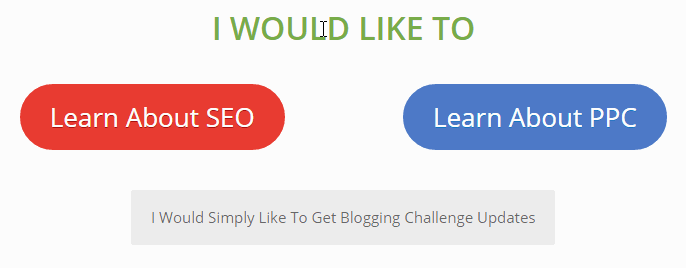
Customer segmentation depends on data. Yet, marketers often fail to ask the necessary questions before opting-in and segmenting potential consumers. What are the “right” questions? Remember the who, the what and the why:
Who are your customers? Why are they visiting/using your product/joining your list? What do they value?
These three simple questions can go a long way in gaining detailed consumer insight and creating highly targeted e-mails. For reference, the multi-question opt-in form above (from Thrive Leads) is a perfect example of how marketers can immediately begin to build value by understanding the interests and wants of clients.
Based on the answer to the question above, consumers and potential consumers can be assigned to separate segments and then sent different e-mails focusing on their specific interests. How effective is this technique? Well, Paper Style, an invitation and paper supply company, saw their open rate increased by 244% and their click-through rate increase by 161%.
Effective indeed!
#2 Develop Opt-In Consistency
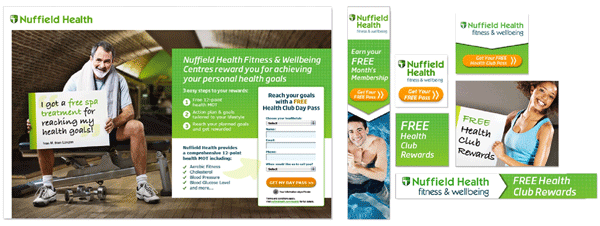
A great and subtle technique to help align with consumer values is ensuring your opt-in copy matches your e-mail copy. Remember, someone opted in for a reason! Your landing page and CTA have already conveyed a certain degree of value. Use this to your advantage by syncing the look and copy of your opt-ins with your e-mails.
The picture above highlights the recent success story of Nuffield Health. Wanting to increase opt-ins and leads, they segmented their target market and then assigned personalized landing pages and an e-mail series to each segment. By pairing personalized e-mails and landing pages, they were able to increase their conversion rates from 1% to 8%.
#3 Encourage Consumer Responses
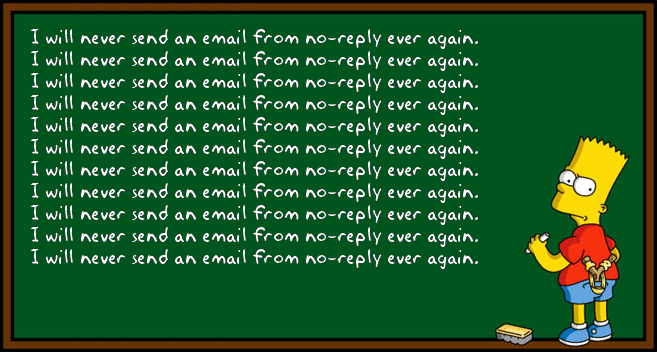
Our last tip is perhaps the most important. Remember, the entire point of sending an e-mail or a series of e-mails is to engage clients and potential clients. “Engage” means provoking a response via value. Accepting this as true, what is wrong with the e-mail address below?
noreply@company.com
By using a “no reply” e-mail address, you are telling your target market not to respond! Having a reply address creates a dialog channel that plays to consumer value. Using a real person and a real name will go a long way in making an e-mail credible and in provoking a response or action on the part of the consumer.
Want further motivation? Most ISPs do not allow “no reply” e-mail addresses to be added to address books; therefore, they are more likely to be tagged as spam.
Remember, no reply means no customer.
E-mail Automation – The Value Optimizer
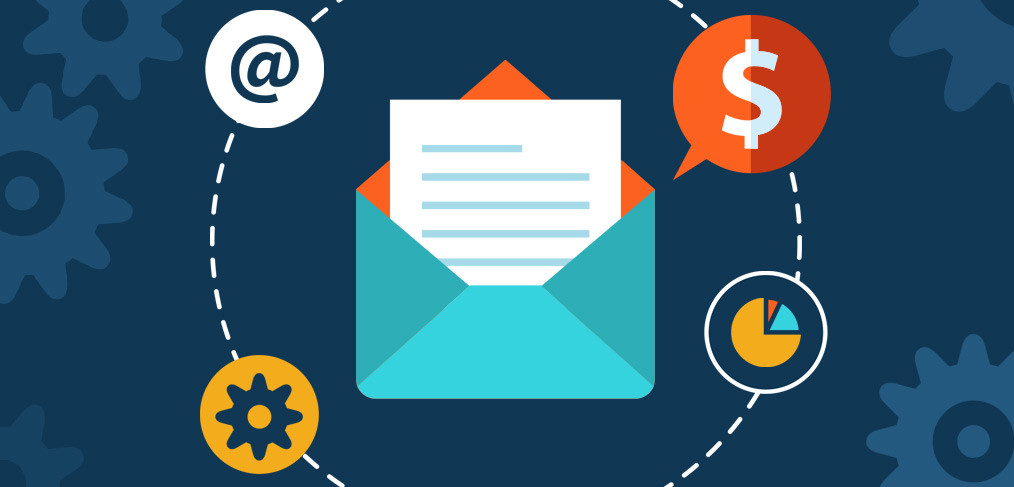
The implementation of e-mail automation strategies has become one of the most effective ways to engage in e-mail marketing. Automation and CRM software streamlines the consumer engagement processes, saves time and money and helps marketers develop relationships via personalized and efficient communication.
When should e-mail automation be employed?It should be used when:
- Sending an e-mail series for courses or segmented information
- Welcoming a newly opted-in subscriber to your e-mail list
- Personalizing special messages (i.e., birthday, Christmas, etc.)
- Purchasing follow–up (i.e., thank you, feedback, etc.)
- Completing questionnaires and surveys to gain valuable insight
Not one of the 82% of B2B and B2C companies using e-mail automation? Here are some basic steps to get you started:
- Select Trigger: What is a trigger? It is a specific action that activates an e-mail solution of your choice. For example, let’s say you decide that the trigger should be the moment someone subscribes to an e-mail list. A “scribing trigger” means that whenever an individual opts-in to receive your weekly e-mail, they will receive a welcome and thank you e-mail. Other triggers could be those mentioned from above: purchases, birthdays, lack of customer activity, etc. While the activation reasons may vary from individual to individual, it is important to remember that specific activation triggers should be part of a larger personalization strategy.
- Design E-mail(s): Depending on the trigger, goal and target audience, e-mails and e-mail series will vary. They could include welcome e-mails, “getting started with your product” e-mails and discount e-mails. The point is to keep the communication channels open between the retailer and customer while consistently encourage a response. Again, individual goals will vary from series to series, but the overall goal of these e-mails is to remind your consumer or potential consumer of the value you can deliver. Also, remember to personalize! For a great resource on current and successful e-mail design examples, check out this recent list by Hubspot.
- Select and Optimize Timing: The scheduling and timing of e-mails is a neglected and overlooked part of the automation process. Marketers should never take for granted the impact of time and location. From LA to Shanghai to London, it is important to remember today’s consumers are global. Certain market segments will prefer times that others won’t. Whether it is 8 a.m. or 7:30 p.m., the only way marketers will discover the value of optimal delivery times is through testing. A model example is the case study of BustedTees. This e–commerce retailer was able to segment its e-mail list by time zone and they developed personalized delivery times by reviewing past data on individual open times. The results included an 8% lift in e-mail revenue, an 11% higher click–through rate and a 17% increase in total e-mail response rate.
In Conclusion….
As you can see from the numbers and case studies mentioned above, e-mail personalization works. It engages customers, opens communication channels and builds value. Automation strategies in the digital age help facilitate the process of personalization through data analysis and lead nurturing.
Put together, today’s marketers have a one-two punch for e-mail optimization and omni channel ROI.

